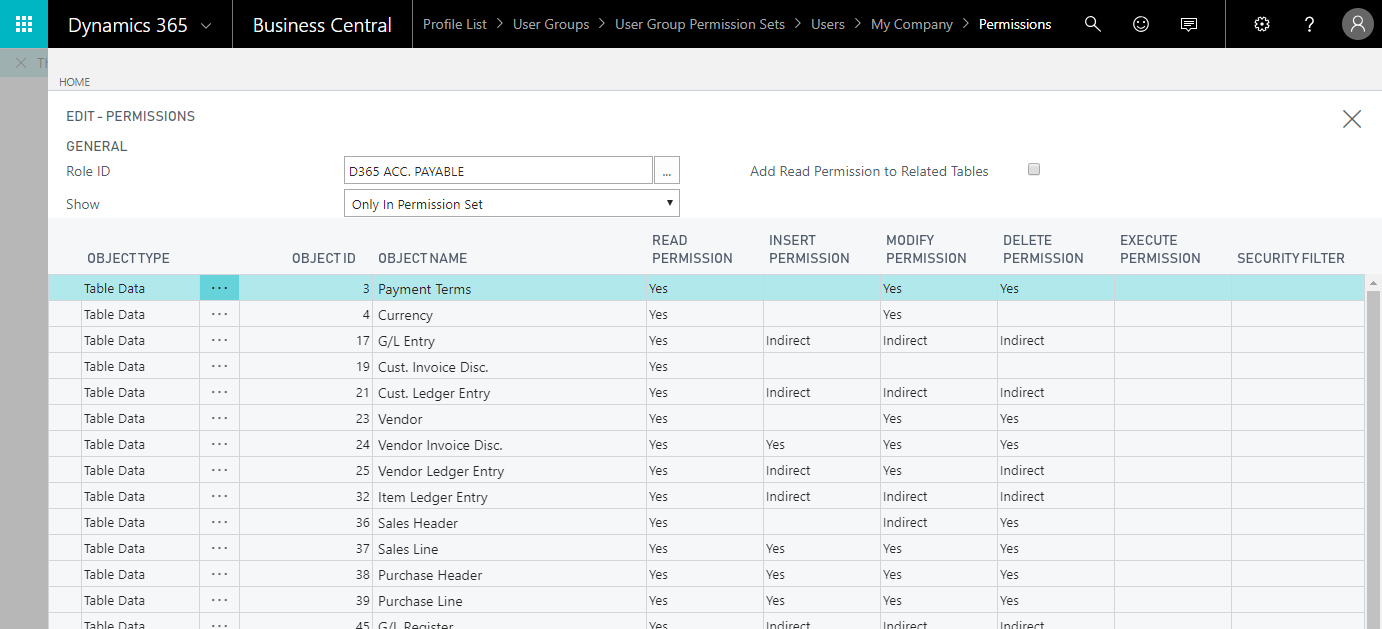The foundation of any system is the data structure definition. In Business Central, the building blocks of this foundation are the tables and the individual data fields that the tables contain. Once the functional analysis and process definition have been completed, any new design work must begin with the data structure. For Business Central, that means the tables and their contents.
A Business Central table includes much more than just the data fields and keys. A Business Central table definition also includes data validation rules, processing rules, business rules, and logic to ensure referential integrity. These rules are in the form of properties and AL code...























